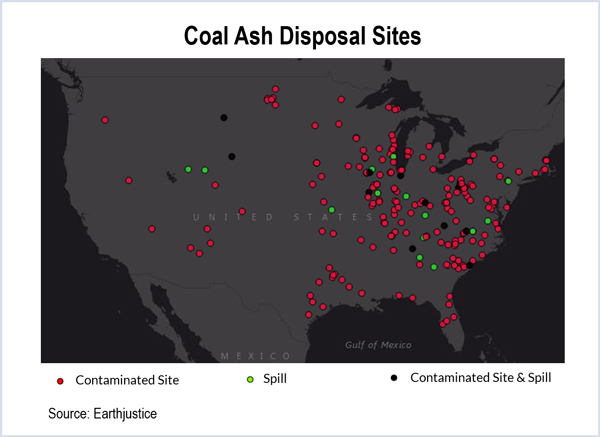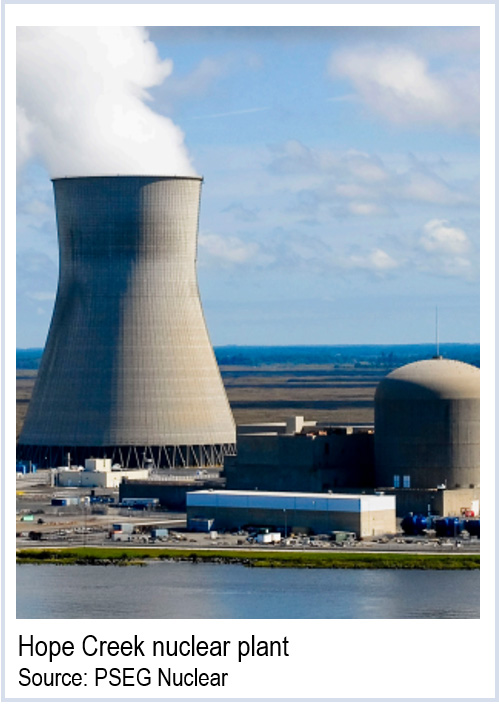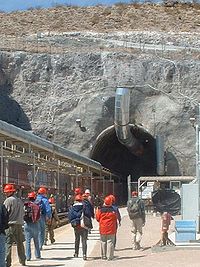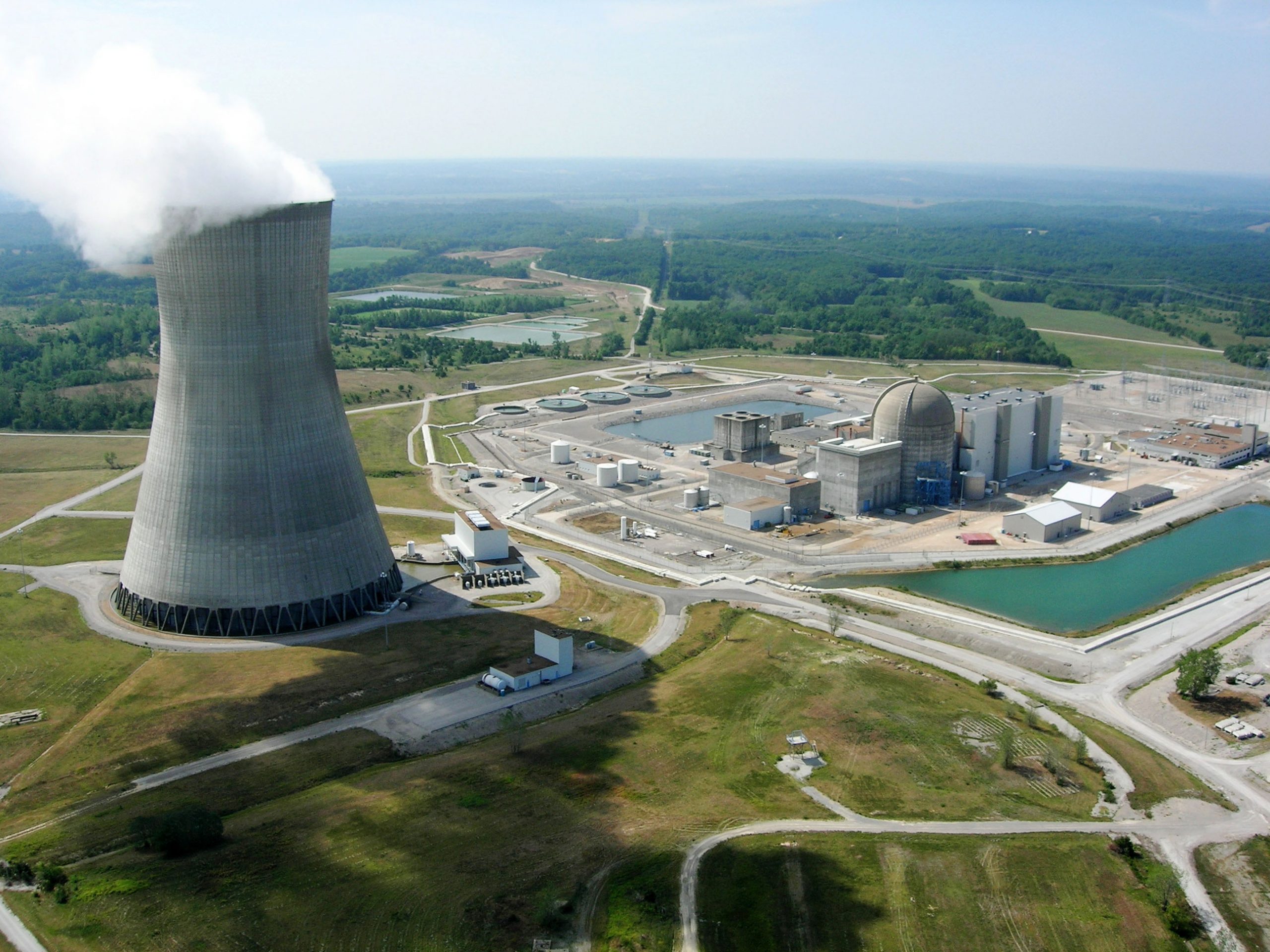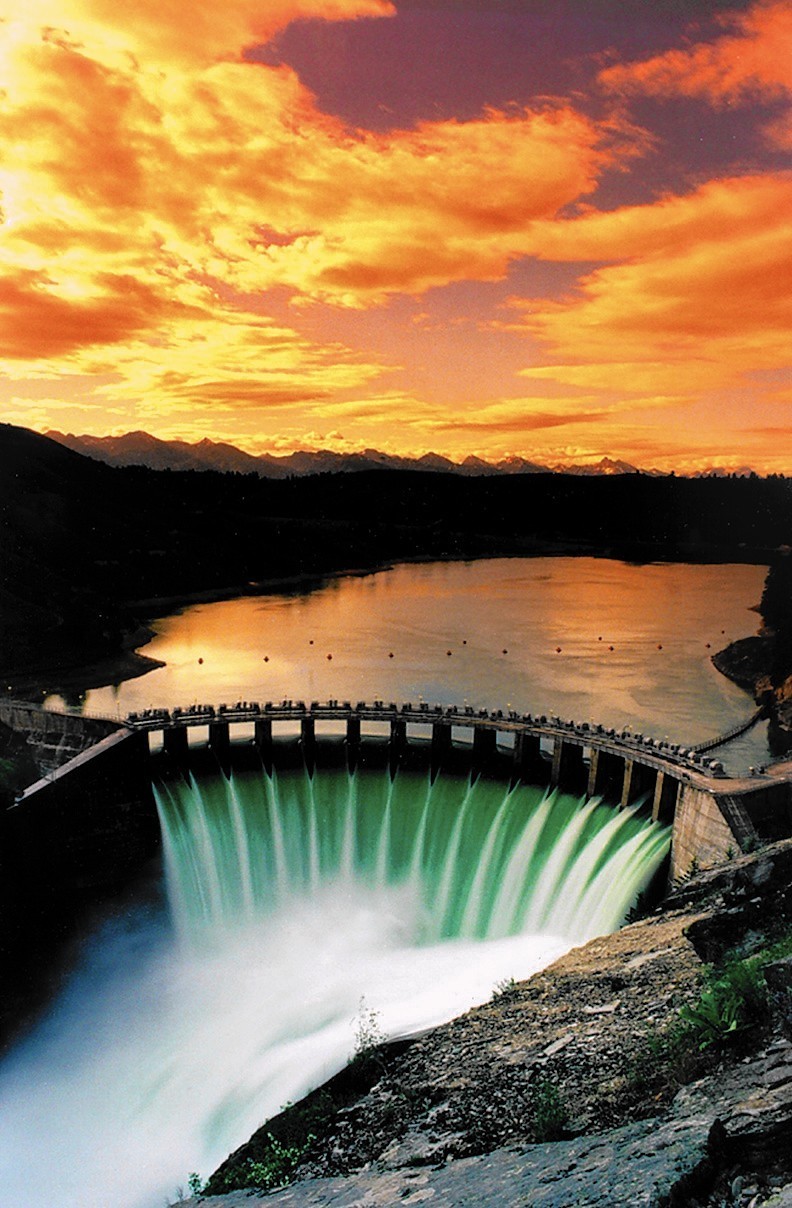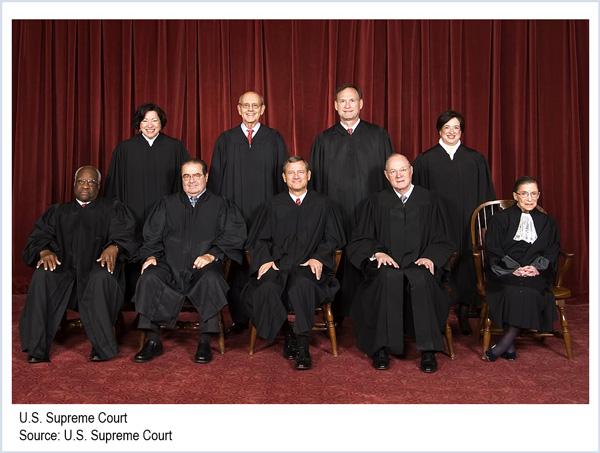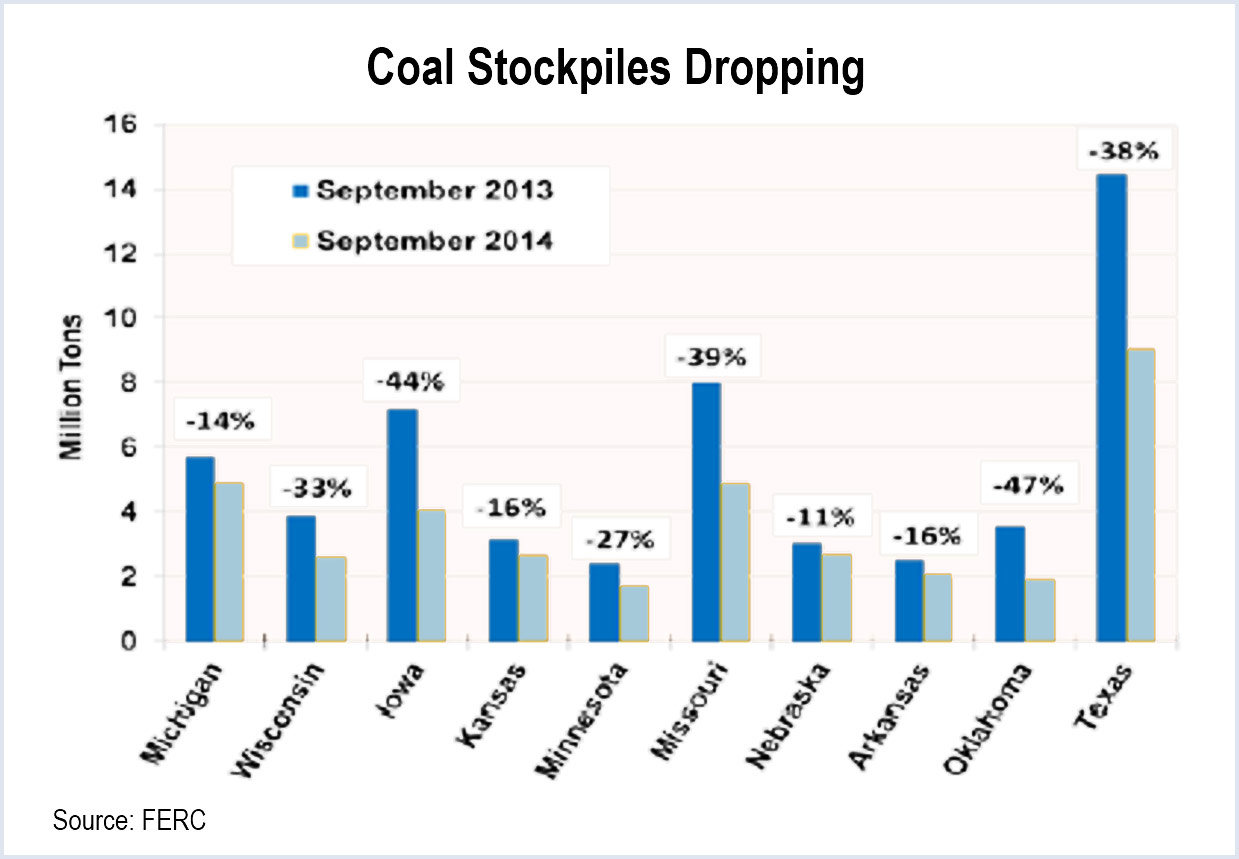By Ted Caddell
The Environmental Protection Agency last week issued the first-ever federal regulations on the handling and storage of coal ash, pleasing utilities and disappointing environmentalists by declining to classify the material as hazardous waste.
Utilities generally welcomed the rule, with FirstEnergy calling EPA’s decision to regulate coal combustion residuals (CCRs) as solid waste “appropriate.”
The Sierra Club called it “a modest first step,” while environmental group EarthJustice — which had won a court order forcing EPA to act — blasted the result.
“Today’s rule doesn’t prevent more tragic spills like the ones we are still trying to clean up in North Carolina and Tennessee,” the group said, referring to the Tennessee Valley Authority’s 2007 spill of 5 million cubic yards of contaminated coal ash in Kingston, Tenn., and last winter’s failure of a pipe at a Duke Energy impound pond that dumped 39,000 tons into the Dan River.
The Duke incident led North Carolina legislators to impose stricter rules on how coal ash storage sites can be operated.
But until Friday, there were no federal regulations governing the storage and use of coal ash, a byproduct of burning coal. There are an estimated 1,000 coal ash storage sites in the U.S., primarily under the control of electric generating companies. The industry produces an estimated 140 million tons of coal ash per year.
A “hazardous waste” designation would have resulted in a bigger increase in storage costs and prohibited any beneficial use for coal ash. By some estimates, about 40% of coal ash is used for highway construction, concrete manufacturing and fill material at construction sites.
The EPA proposed coal ash rules in 2010 but, under political pressure from industry groups, the White House sent the rules back for rewriting. It took a court-ordered consent decree to set Friday’s deadline. The final rule will take effect six months after their publication in the Federal Register.
EPA: ‘Common Sense, Pragmatic Rules’
Although the rules were issued by the EPA, it will be up to states to enforce them. “The rule requires that power plant owners and operators provide detailed information to citizens and states to fully understand how their communities may be impacted,” the EPA said.
The EPA called the rules “common sense, pragmatic rules to protect against structural failure, water and air pollution.”
EPA Administrator Gina McCarthy said the rules are intended “to help prevent the next catastrophic coal ash impoundment failure, which can cost millions for local businesses, communities and states. These strong safeguards will protect drinking water from contamination, air from coal ash dust and our communities from structural failures, while providing facilities a practical approach for implementation.”
The rules:
- Require closure of impound sites that fail to meet engineering and structural standards;
- Require regular inspections of the structural safety of surface impoundments;
- Prohibit construction of new sites in sensitive areas such as wetlands and earthquake zones;
- Require monitoring of groundwater near sites and closing unlined sites that are polluting groundwater;
- Mandate liners for new sites;
- Close sites that are no longer receiving coal ash; and
- Mandate control of air-blown coal ash.
Utilities: Rules Are Workable
Utilities generally viewed the rules as workable.
American Electric Power spokeswoman Tammy Ridout said the company was pleased the EPA allowed for “continued application of important beneficial uses of these materials. Where closure of impoundments will be needed under this rule, the EPA is providing adequate time to implement the closures safely.”
Ridout said the company has already taken many of the steps outlined in the rules.
“AEP already has ground-water monitoring systems in place at most of our ash impoundments. We have developed a plan to close, dewater and permanently cap all but two of our existing eight fly ash ponds and will close a total of 20 ash ponds. Many of these pond closures will be at plants that will be retiring in the next year.”
PPL spokesman George Lewis said his company is reviewing the rules to see how it will affect it. Lewis said classifying coal ash as hazardous wastes “could have had a devastating impact on future beneficial uses, including concrete, cement and wallboard manufacturing.”
“PPL has not been opposed to EPA regulation that keeps beneficial uses as an option. We believe beneficial uses are a common-sense environmental solution, and we’ve pursued them for several years under strict and effective state regulations,” he said. “With appropriate measures to protect human health and groundwater quality, beneficial uses are better for the environment than landfill or basin disposal.”
In a research note yesterday, UBS Securities said the rule could hurt merchant generators with coal portfolios such as NRG Energy and Dynegy, which can’t turn to state regulators for rate increases. The analysts also cited FirstEnergy, saying the company may have to retire its giant Mansfield plant if it is unable to continue using its Little Blue Run coal ash site.
FirstEnergy spokeswoman Stephanie Walton said the company already complies with strict state regulations in Pennsylvania, West Virginia and Ohio. “FirstEnergy has extensive groundwater monitoring in place at all of our coal ash disposal facilities,” she said. “We are currently reviewing the rule to better understand whether there will be any implications for our operations.”
Duke: $3.4 Billion Cleanup
Duke spokesman Dave Scanzoni said the company is engaged in a review of the lengthy set of rules and its final position wouldn’t be known until early next year. But he noted that Duke is already in the midst of a $3.4 billion coal ash remediation effort in North Carolina. (See Duke Sees $3.4B Coal Ash Cleanup Bill; Who’s Next?)
“Duke Energy will adjust its existing ash management plans, as necessary, to comply with all state and federal regulations,” he said.
EEI: Door Left Open to ‘Hazardous’ Designation
Edison Electric Institute President Tom Kuhn said the group supports the EPA’s decision, but he added “we still have concerns with the self-implementing nature of the rule and the way in which EPA has left the door open to one day regulate coal ash as a hazardous waste, creating additional uncertainty for electric utilities.”
“Passing legislation that establishes state-enforced federal requirements for the disposal of coal ash would address many of our concerns and help eliminate uncertainty,” he said. “EEI will continue to advocate for such legislation in the next Congress.”
The Utility Solid Waste Activity Group, an industry organization, voiced similar concerns, saying it was “disappointed with the agency’s suggestion that it is still evaluating whether to reverse this determination and regulate coal ash as a hazardous waste at some point in the future.”
Enviros: Not Enough
Some regulation is better than none at all, environmental groups said, but some expressed disappointment that the rules aren’t stringent enough.
Mary Anne Hitt, director of the Sierra Club’s Beyond Coal campaign, said the Obama administration did “not go far enough to protect families from this toxic pollution.”
“The Sierra Club has significant concerns about what has been omitted from these protections and how they will be enforced in states that have historically had poor track records on coal ash disposal,” she said.
EarthJustice also was critical. “It won’t stop the slower moving disaster that is unfolding for communities around the country, as leaky coal ash ponds and dumps poison water,” EarthJustice attorney Lisa Evans said.
“While EPA’s coal ash rule takes some long overdue steps to establish minimum national groundwater monitoring and cleanup standards, it relies too heavily on the industry to police itself,” said Eric Schaeffer, executive director of the Environmental Integrity Project. “Companies like Duke Energy, First Energy and TVA have already learned that spills and leaking ash ponds add up to billions of dollars in cleanup costs.”
